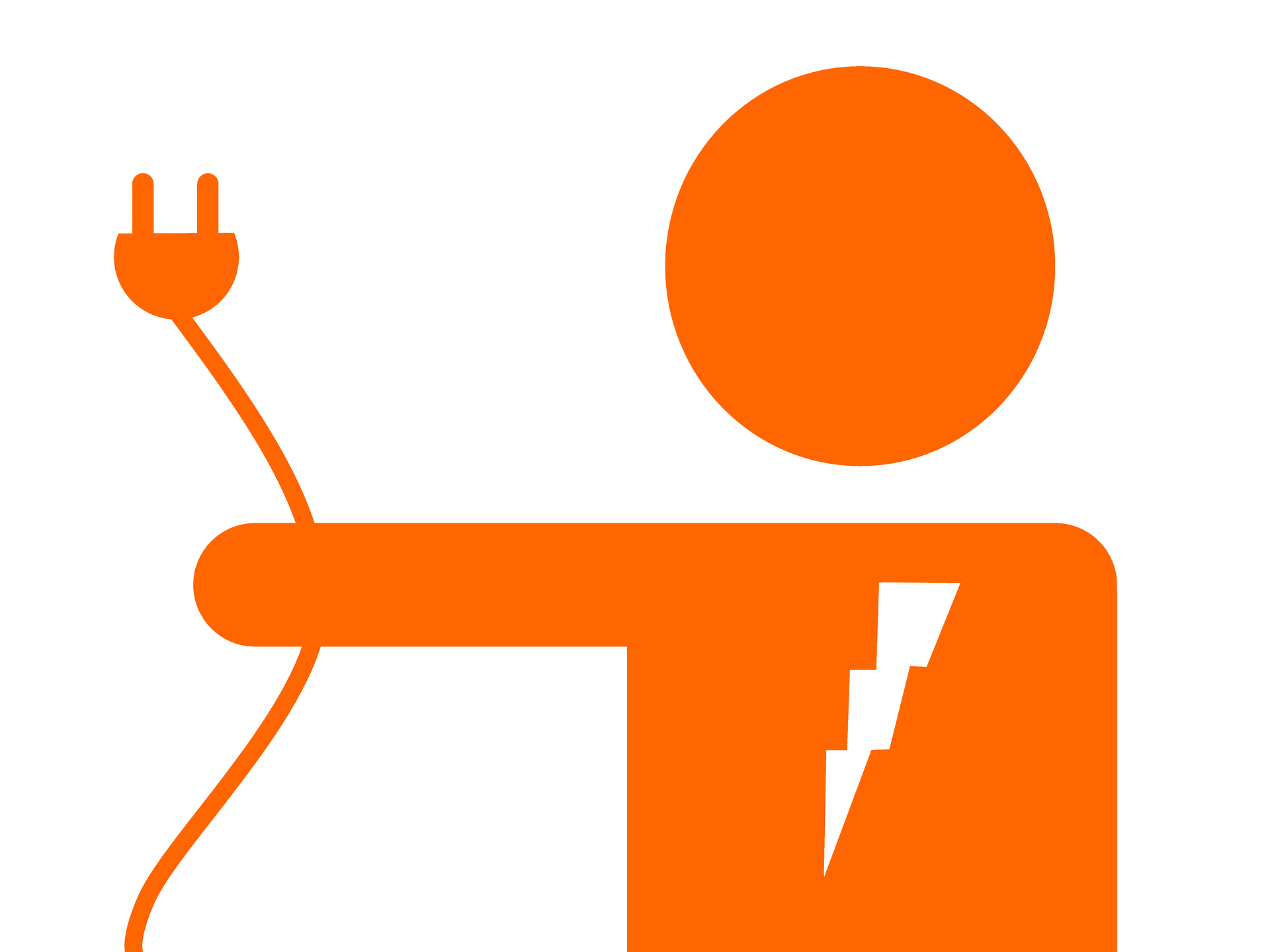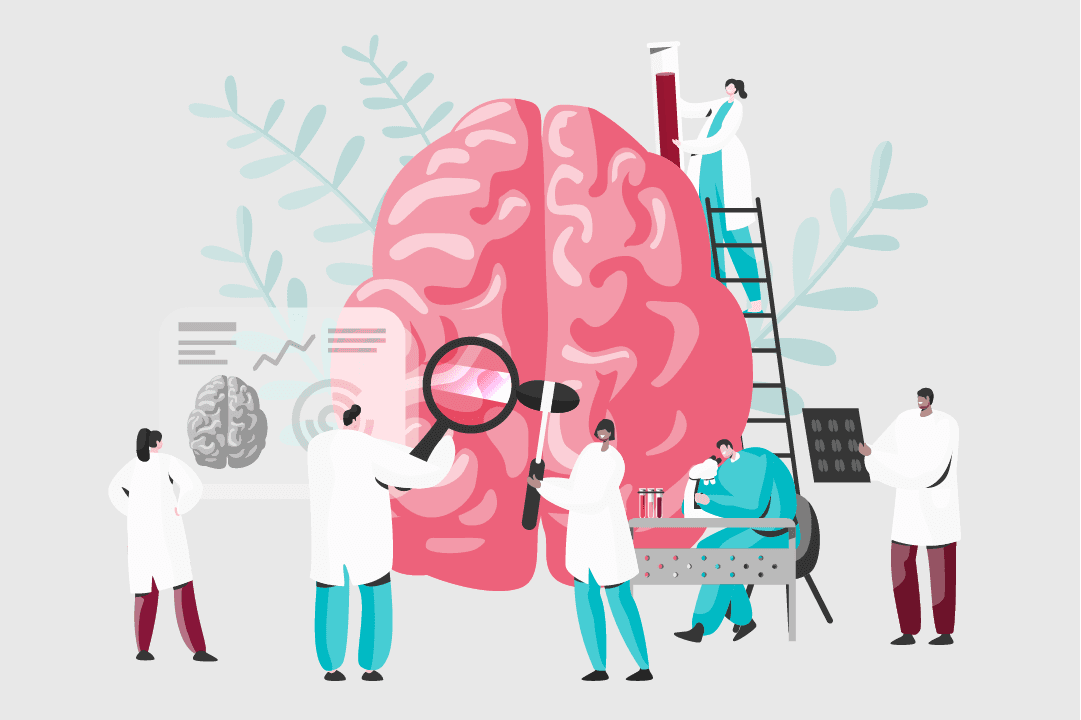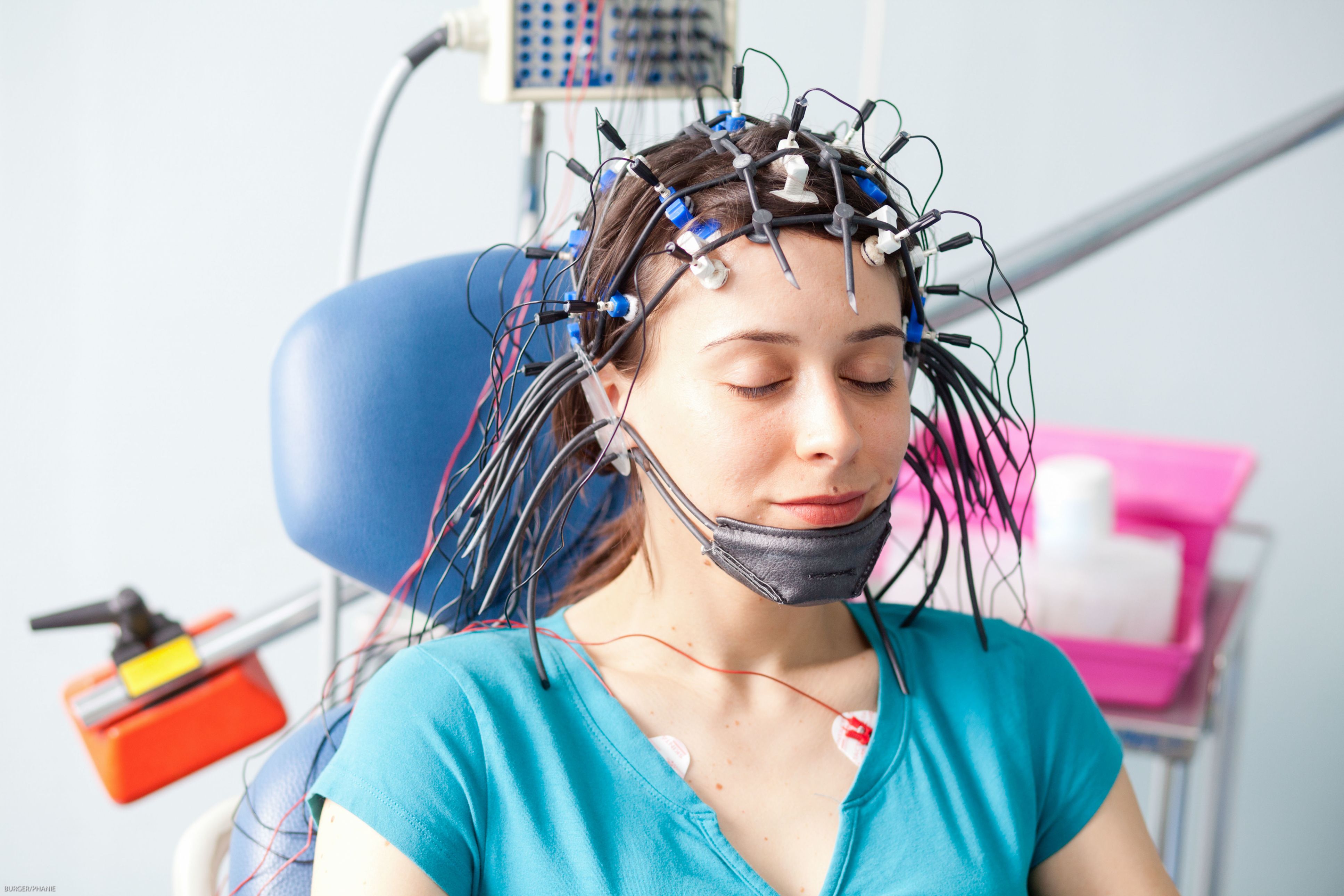Available courses

IOM 115 Monitoring During Functional Cortical Mapping & Electrocorticography
Course Goal: To prepare IONM technologists with skills to perform the technical aspects of Intraoperative Neuromonitoring during craniotomy procedures requiring mapping of cortical functioning and electrocorticography.

IOM 114 - Skull Base Surgery and Cranial Nerve Monitoring
The goals of the course are to provide training in the basics of intraoperative neuromonitoring in surgeries of the skull base, brainstem, and auditory pathway, as well as those requiring monitoring of any of the cranial nerves, including the facial and recurrent laryngeal nerves.
Management in Training
NW Monitoring's Management in Training (MIT) program is a professional course that enables participants to learn and develop the personal and tactical skills needed to work in a managerial position successfully. It will also clarification expectations and create the framework to provide managers with the autonomy to manage their teams through:
1. Improved Communication Skills
2. Personalized Feedback and Self-Evaluation
3. Deeper Understanding of the Role of a Manager
4. Improved Understanding of Change Management
5. Improved Decision Making Skills

IOM 104 - Digital Concepts and Electrical Safety
Course Description:
The primary purpose of this course is to familiarize Neurodiagnostic professionals with the basic principles of electricity and electrical safety. Information is presented with an emphasis on profession-specific risks related to current flow, grounding, and factors contributing to electrical injury. This course will also introduce the learner to key concepts of digital technology and how digital EEG instruments record and display EEG and other physiological signals. The learner will become familiar with common computer terminology, as well as features and settings specific to Neurodiagnostic equipment.

IOM 103 - Fundamentals of IOM and Patient Care
Course Description:
This course explores the important discoveries and historical contributions that led to the development and use of IOM as an important tool to help improve surgical outcomes. Other topics relate to fundamental patient care for the purpose of promoting patient safety and professional competence. Professional competence is addressed using the ASET National Competency Skill Standards for Performing Intraoperative Neurophysiologic Monitoring. Learners are also presented with ways to establish professional rapport, maintain patient privacy standards, and use appropriate steps to identify and address the physical needs of the patient. This patient-centered focus includes understanding the Neurodiagnostic professional’s role in the healthcare delivery system, as well as responsibilities relating to patient safety practices, such as like infection prevention, seizure precautions, /first aid, and emergency preparedness. Vital signs are discussed in order to aid the learner in identifying a patient in distress or in need of medical attention

IOM 102 - Medical Terminology
Course Description:
During this course, the learner is introduced to a programmed approach for developing a medical vocabulary. The learner will be exposed to directional terms and terms used to describe a variety of systems and processes pertaining to the body. A systematic approach will be used such that the learner is provided with a foundation upon which to build and understand medical terminology as it pertains to the Neurodiagnostic profession.

IOM 101 - Introduction to Electrodes, Electrode Placement and Application Method
Course Description:
During this course, the learner develops the basic skills necessary to measure a head using the International 10/20 System of Electrode Placement and accurately apply a standard set of electrodes to a mannequin or human head.